9+ Fall Crops for the Beginning Gardener
I know that starting a fall garden can feel a little overwhelming. It’s hard to know where to start, which crops are best suited for the fall garden, and more specifically, which crops are the easiest for a beginner gardener to start out with.
Fall gardening, more than the summer garden, depends heavily on your location and climate. What grows well in my Arkansas Zone 7b garden may not grow as well for you. And what I struggle to grow well in the fall garden you may have no problems with at all! So, keep in mind that gardening in the fall is very much a testing ground. Get started, test out a few crops, find out what works, and learn what you need to adapt for next season.
With that in mind, I encourage you to begin with fall crops that are a bit easier to grow — most fall gardeners can experience success by starting out with these crops first. Listen below or continue reading:
*links below contain affiliate links, which means if you click through and make a purchase, I earn a commission at no extra cost to you.
Garlic
Garlic tops my list of what I couldn’t imagine NOT growing. It is my easiest crop. You plant the cloves in the fall around your first frost (give or take a week or two). Mulch lightly for weed control if you live in a mild climate, and mulch more heavily for cold protection if you live in a more harsh winter area.
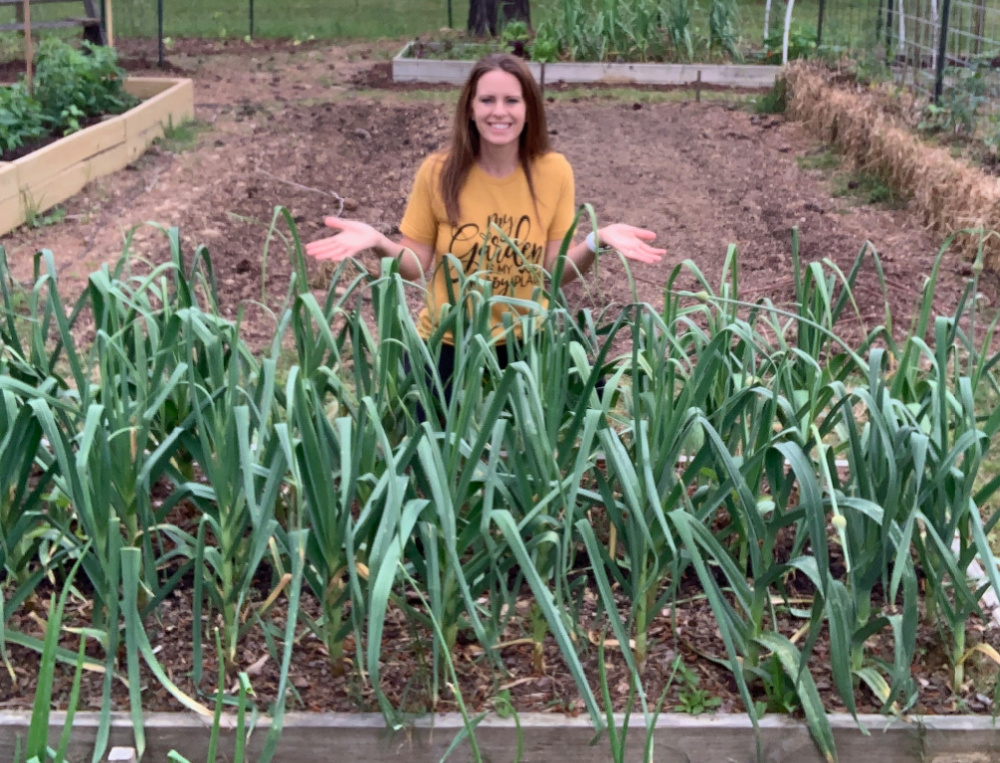
Then you wait. I start harvesting around June in Arkansas, but your harvest date may vary from May to July depending on your area.
If you grow nothing else this fall, grow garlic. For more detailed instructions on growing and harvesting garlic, check out these posts about growing garlic, when to plant, and how to harvest.
Lettuce
My #2 pick for the fall garden has to be lettuce. I directly sow the seeds in my garden, raised bed, or containers very lightly. Don’t plant the seeds too deep. (I usually just scratch the seeds into the surface — nothing complicated!). Then, make sure and keep it watered.
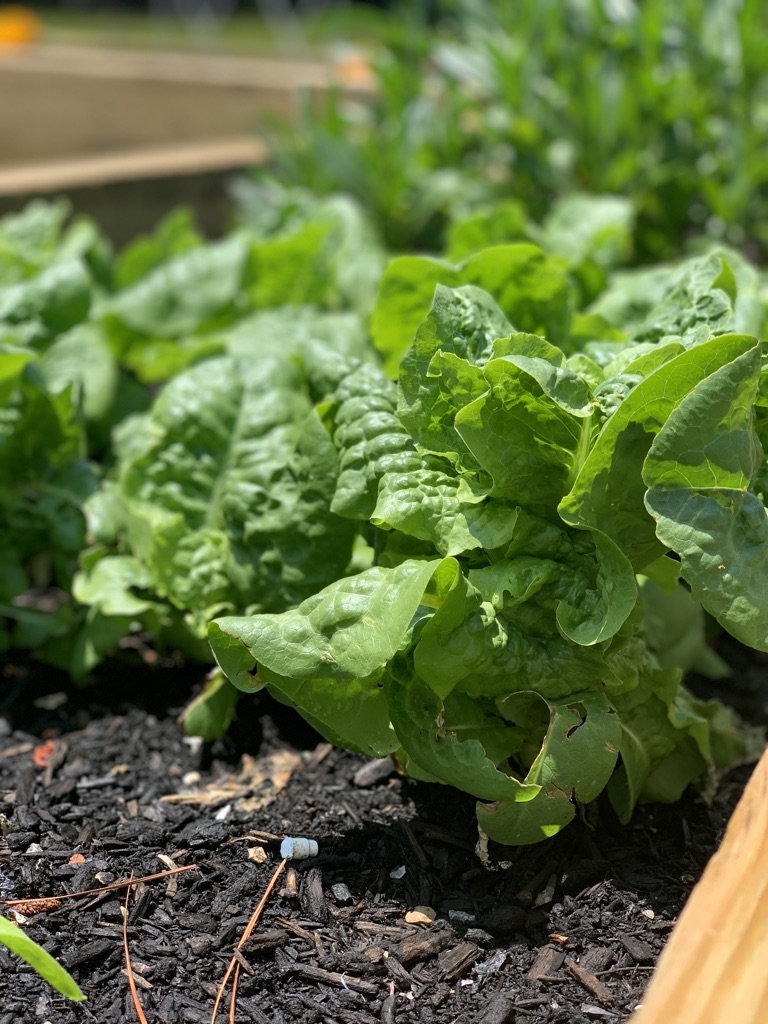
The timing of planting depends on your location, but around 6 weeks before your average first frost is a good place to start. You may even be able to plant multiple plantings to extend your harvest!
Arugula
This is another crop that you can direct sow and is simple to grow. Similar to lettuce but actually in the brassica family, arugula is much more cold-tolerant. In my 7b climate, it will survive the winter without cover.
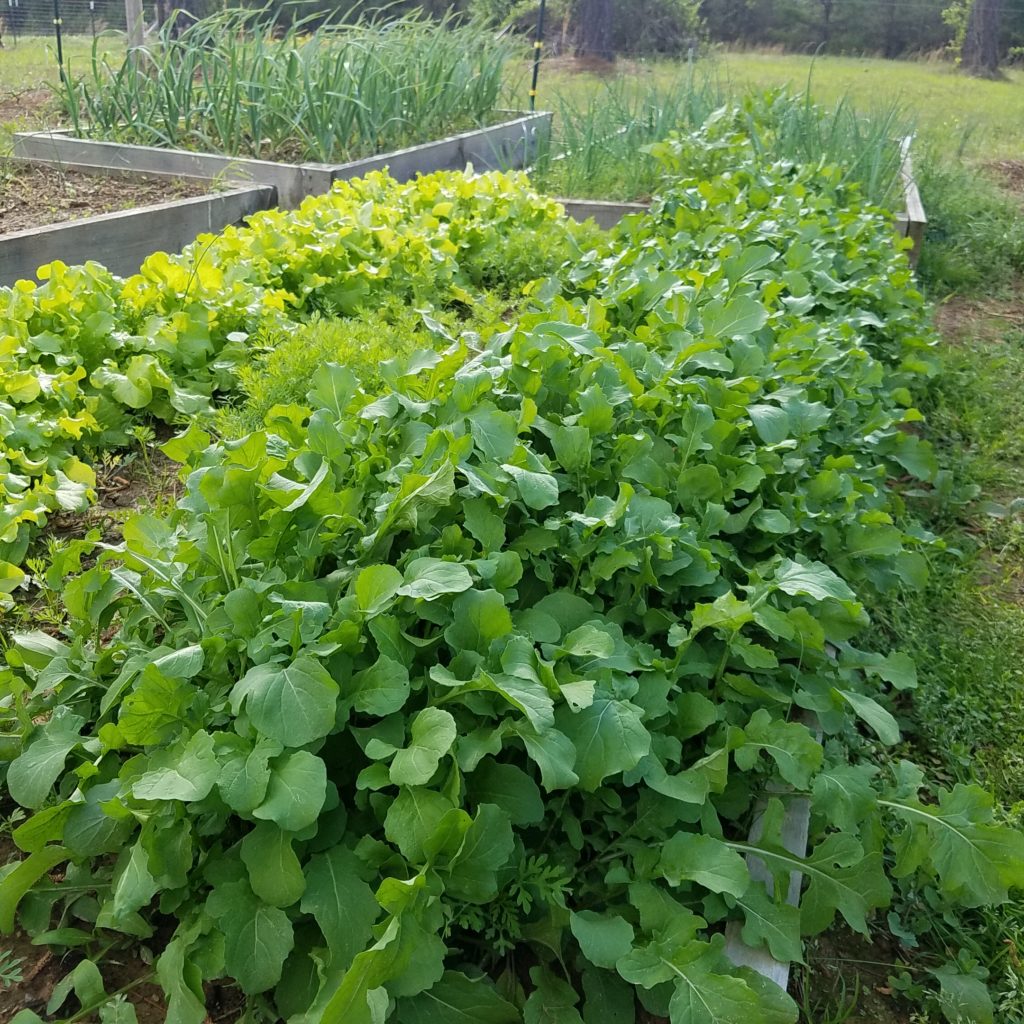
Plant it the same way as lettuce and about the same time. That way it can get established before the decreased day length slows its growth.
Another good thing about arugula is that you can harvest it very young for small leaves, or you can wait until the leaves are full-grown (around 6″). While arugula bolts quickly in the summer heat, it will provide for you much longer in the fall (and winter, depending on your climate).
Spinach
Spinach is similar to arugula in its growth, but because it loves cold weather even more, you may have to wait a little longer to plant. The seeds do not germinate in the hot soil that many of us have in the late summer.
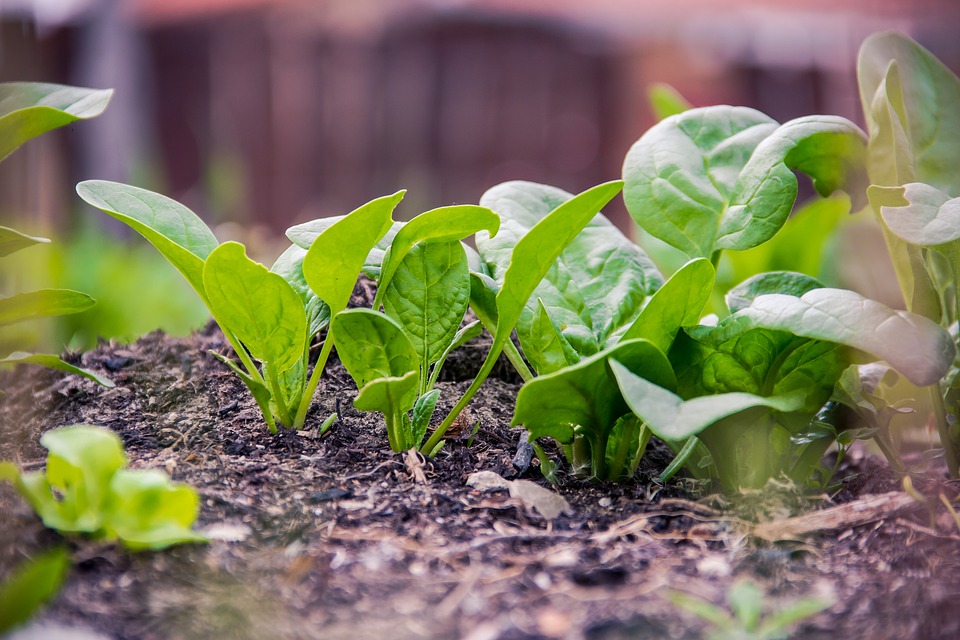
One option is to wait until the daytime temperatures stay consistently in the 70s or lower 80s (F). Though I have directly sown my spinach with success in my garden, waiting until my temperatures get that low usually means the spinach won’t grow large enough before winter sets in. But, it will overwinter and will start growing again in late winter. Again, keep in mind that I’m in zone 7b, where our coldest temperatures rarely get below 10F.
In order to try to get a fall harvest from spinach, I start spinach seeds indoors. Then I’ll transplant the seedlings when the weather turns mild. Though spinach, in my experience, has a bit more of a learning curve than lettuce and arugula, it’s worth a spot in my fall and winter garden.
Carrots
Most fall gardeners make a place for carrots. They are the perfect fall crop!
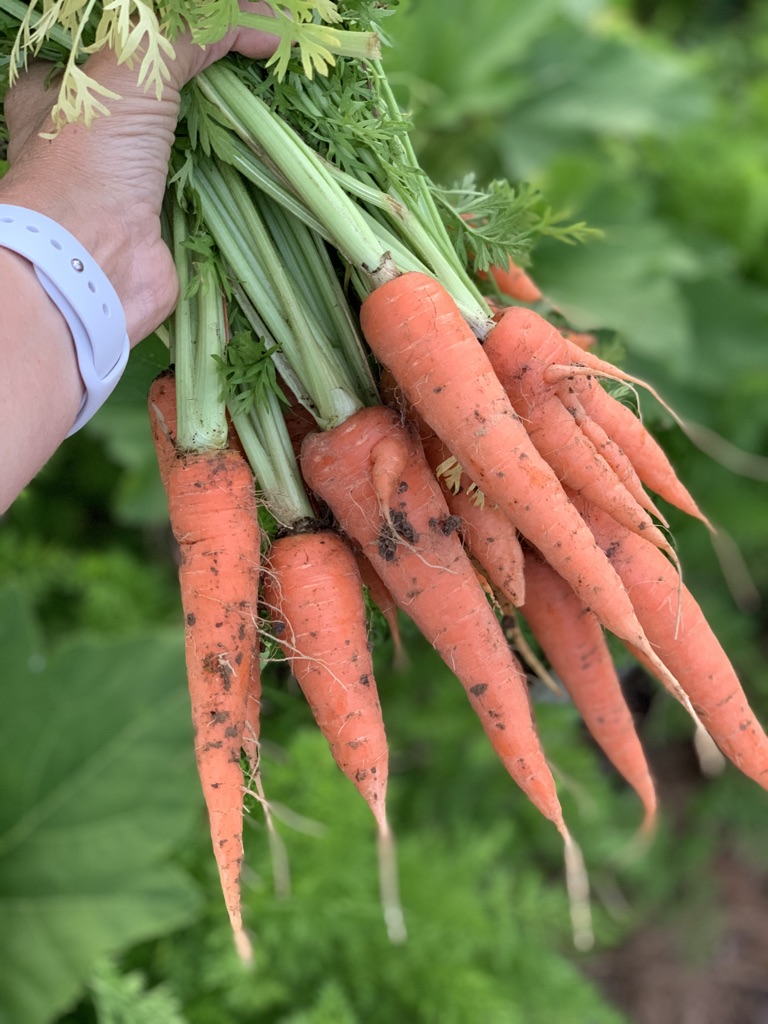
But, one of the biggest challenges for a fall planting of carrots is getting the carrot seeds to germinate. Carrot seeds require constant moisture in the up to two weeks it takes them to germinate, and that isn’t an easy task in a hot, dry, late summer. Unless you want to water every day, you might consider covering your planting with something like a cardboard box, burlap sack, or flat floating row cover. I prefer the floating row cover because it lets light in and is easy to keep moist.
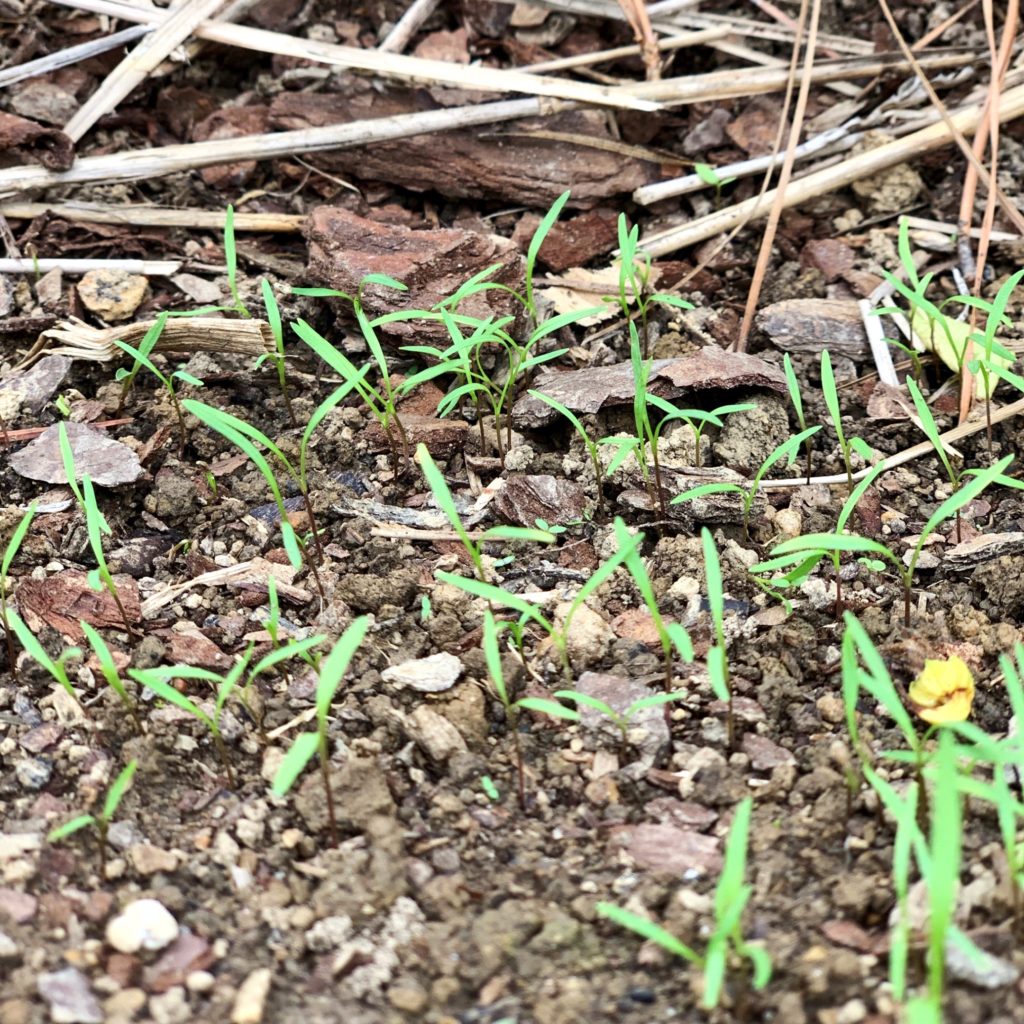
Plan on starting your carrot seeds about 8 weeks before your average first frost.
Snap Peas
Snap peas do not like the heat so they are perfect for the fall. They will germinate quickly in the warm soil, but by the time they start setting flowers, the worst of the heat has passed. Snap peas are an easy way to get fresh veggies from your fall garden.
Radish
Radish is a quick to grow root crop that is simple to grow. Grow them to toss in your salads or roast with other root veggies.
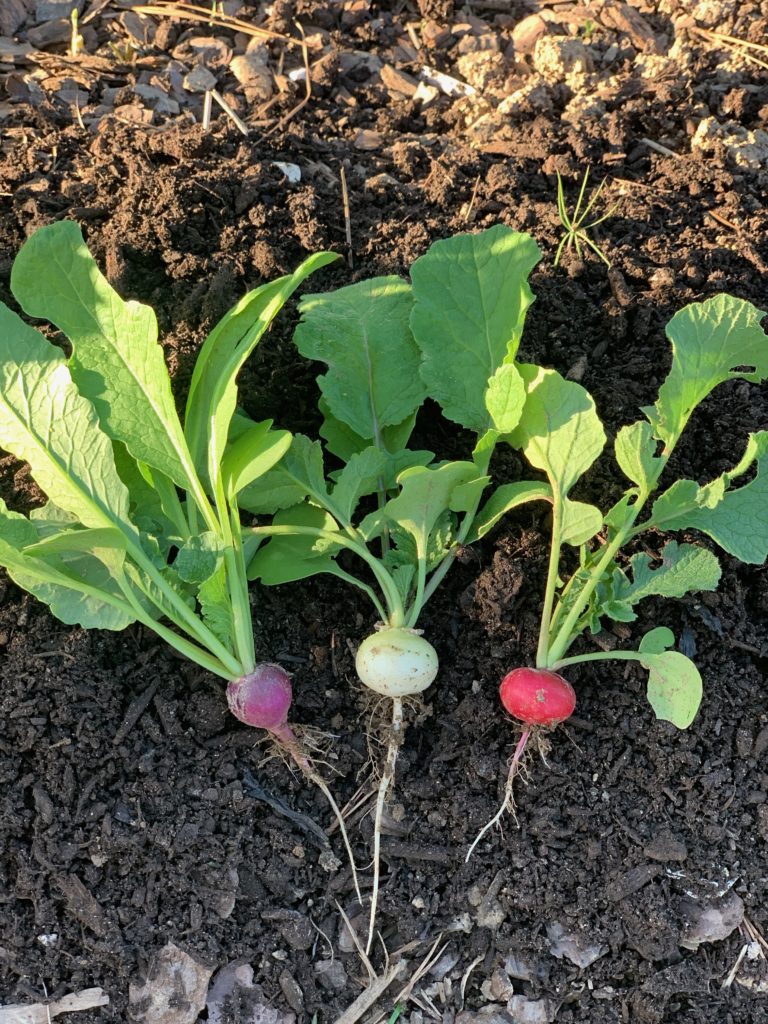
You can start them from seed about 4 weeks before your average first frost.
Kale
Kale is another quintessential fall crop that many gardeners love to add to their gardens. In many areas (like mine) it will survive the winter, giving you fresh kale all season!
Direct sow these seeds about 4-6 weeks before your average first frost.
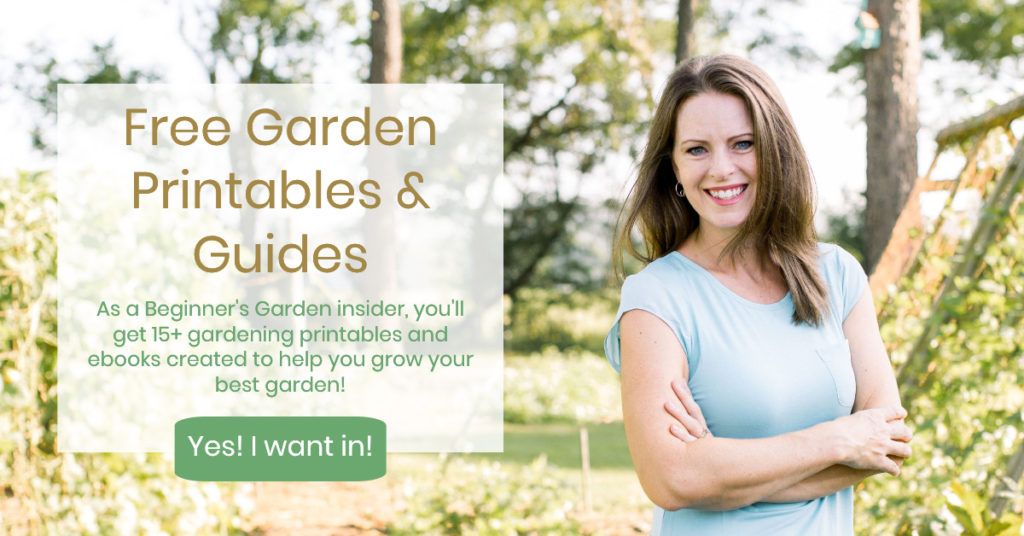
Swiss Chard
Another popular yet colorful addition to your fall garden is swiss chard. You can direct sow about 10 weeks before your average first frost. This crop has lasted well through my milder winters.
But don’t stop with chard. Most other greens, such as mustard greens and collard greens, are also great choices for the fall.
For the Intermediate Gardener:
Did you notice a few popular fall crops missing from my list of fall crops for the beginning gardener?
There’s a reason for that. There are other crops that I love growing, but they require more of a learning curve in my experience. If you’re wanting simple, perfect the growing of the nine crops above. But if you’re really intent on these fall favorites, keep reading.
Broccoli
Broccoli is a plant that can be difficult to grow, but I love having it. I try to start broccoli indoors and transplant when it’s not so hot (for me, that means starting seeds indoors in July and transplanting into the garden in September). The transplants can go into the garden about 6 weeks before your first frost.
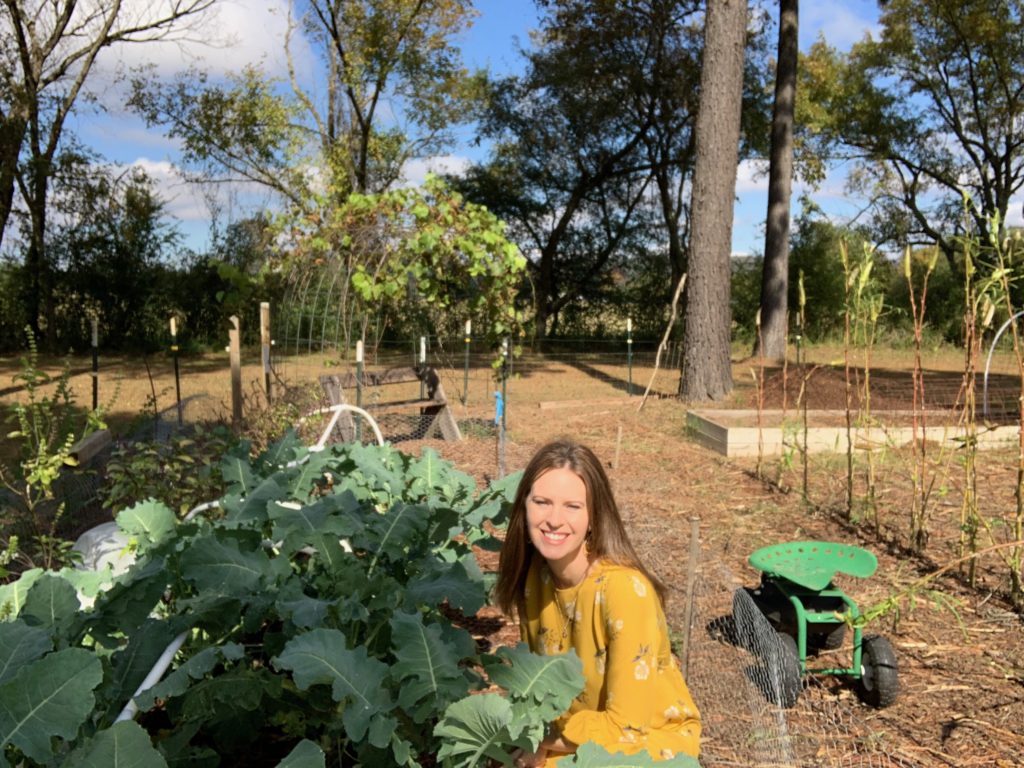
Keep in mind that broccoli doesn’t like heat. While I haven’t had them bolt in the fall, they have delayed in forming a head in the heat, which kept them from producing before the peak of winter. In my experience, mature broccoli can survive temperatures in the mid-20s, especially with a cover.
Cabbage
Cabbage is very similar to broccoli with timing and growth requirements. They need a lot of very fertile soil so make sure you amend your soil with compost. One thing to keep in mind with cabbage (and broccoli) is that cabbage worms are as much of a problem in the fall garden as in the spring. So I recommend floating row covers as prevention.
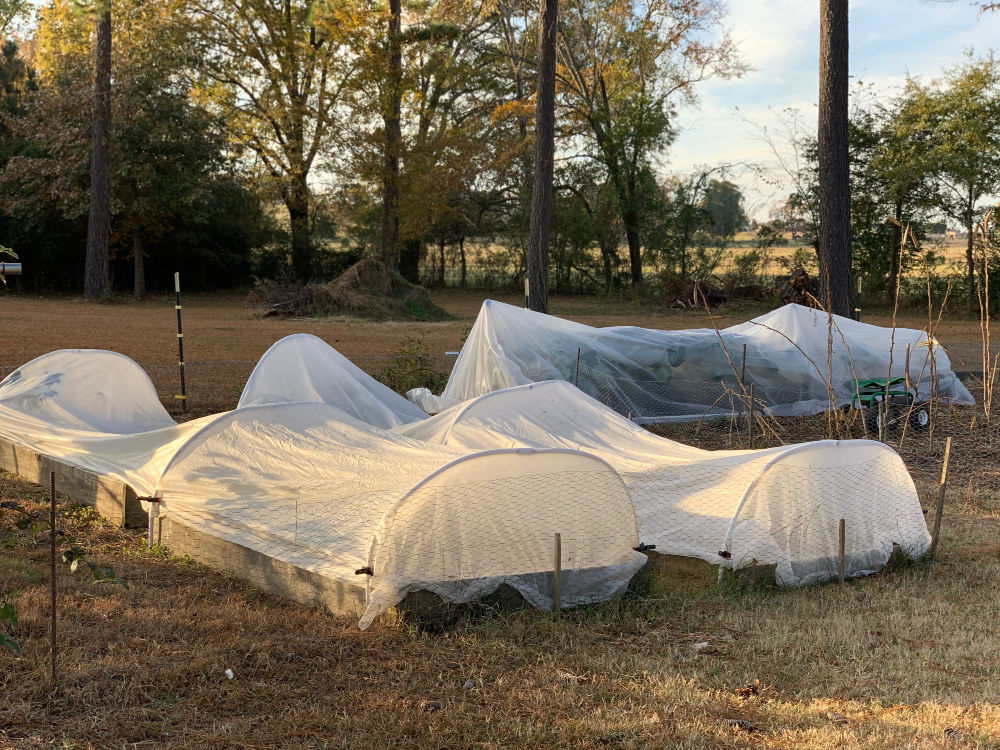
Beets
Finally, beets. I know that beets are an easy crop for many gardeners to grow, but for me, they have been a challenge. I think the biggest issue in fall planting is that they don’t love hot weather and they’re hard to keep watered well when they are planted in the late summer.
Plan on sowing beets about the same time as carrots, around 8 weeks before your first frost, and keep them watered. In some areas, beets overwinter for a late winter harvest.
The fall garden can be a great experiment. It’s so different than the spring garden, I would love for you to give it a try.
Do you get overwhelmed with garden planning?

Subscribe here for my best tips to plan your garden in just 7 days -- all for FREE.
Plus, I'll send you my "In the Garden E-mail" on Fridays, periodic updates on garden resources relevant to you, and you'll receive access to my entire bank of free garden downloads!
You are also agreeing to our privacy policy.

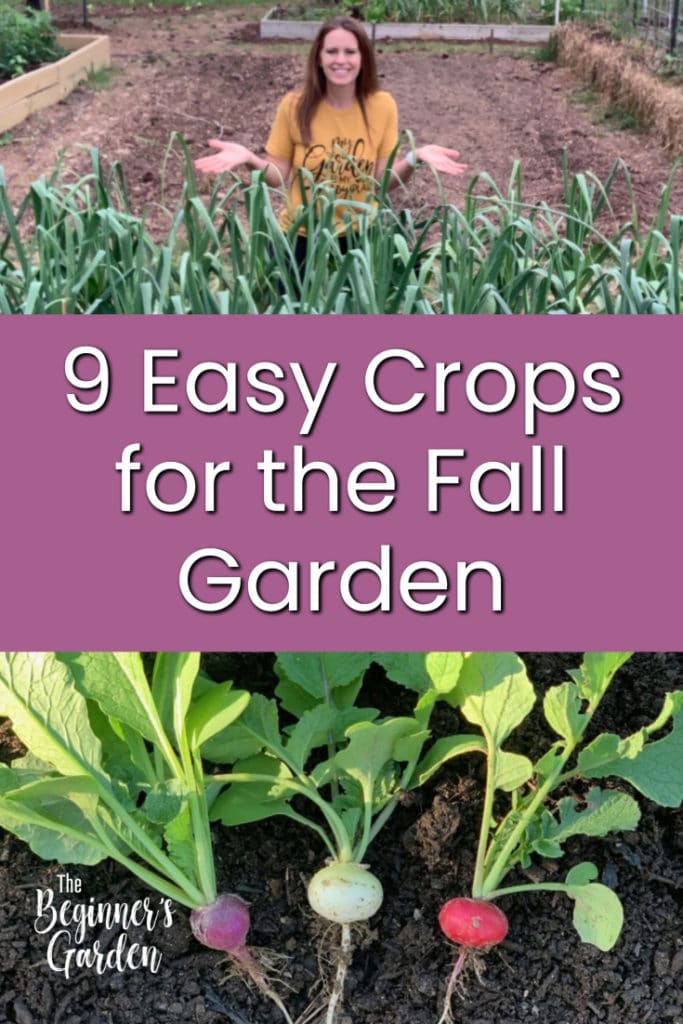
Hi Jill, I wanted to let you know I found your article about fall crops for the beginning gardener very helpful. Thank you, Richard
Thank you, Richard!
Hi Jill,
I found your pod casts on Spotify… LOVE!!!! You have inspired me… I am so excited to start my first ever gardening experience.. I have been reading books, listening to your podcasts and trying to educate myself as best I can to make my start. Thank you!!! Hoping my zone 10 sunny south Florida weather works with my mini dream garden…Finding you during a covid environment was perfect timing! Have a wonderful week ahead!
Nice to meet you, Donna, and congratulations on your new garden! This is the perfect time to garden in Florida!
It’s June, and I just listened to this episode. (Just found your podcast.) It was so helpful! I sat down this morning with my seeds and followed your instructions to fill in my calendar. I feel like a weight has been removed from my shoulders! This is my second year with a full-sized garden and I wanted to do better with my fall garden but didn’t really know how to tackle that. This episode was VERY helpful. As are all of your episodes, I’m finding. (I binge-listened this weekend as I worked in the garden!) Thank you!!!
Thank you, Nicole! So glad you’ve found it helpful. I love the fall garden!